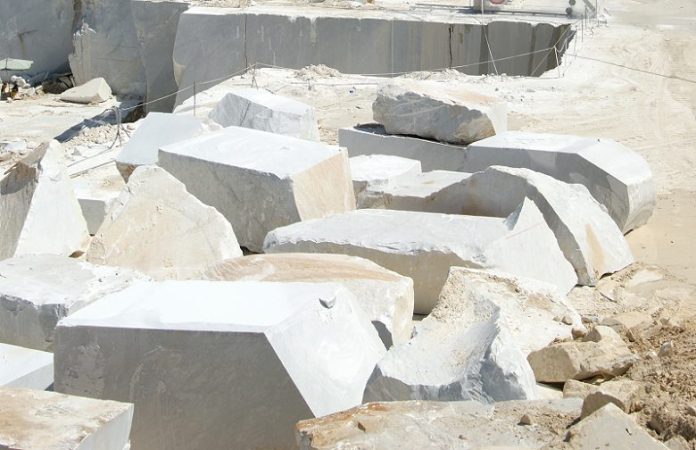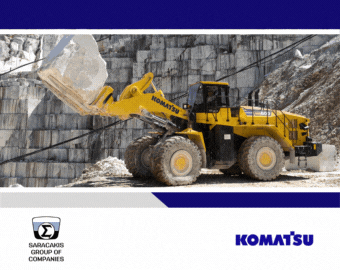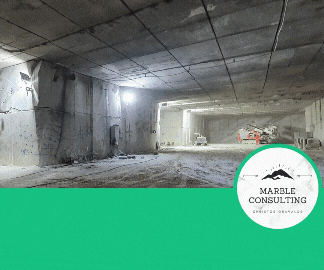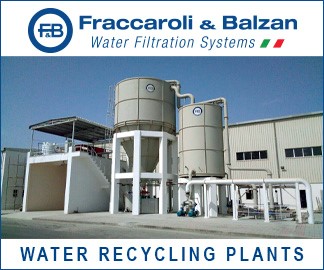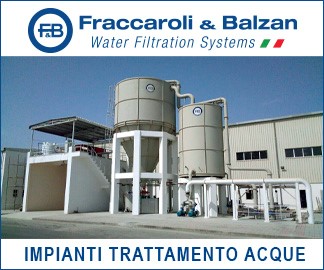In recent years, the marble industry in Oman has experienced significant growth, establishing the country as one of the leading marble exporters globally. With rich deposits of high-quality marble in various colors and patterns, Oman has successfully attracted buyers from all over the world.
Current State of the Industry
- Production: Oman’s annual marble production reaches 1 million tons, demonstrating the industry’s robust capacity. This high production level enables Oman to meet international demand and maintain a steady presence in the global marble market.
- Exports: Oman exports marble to more than 50 countries, with major markets being India, China, Italy, and the United Arab Emirates. These markets are crucial trade partners for Oman’s economy, contributing significantly to the country’s trade balance and bringing in substantial revenue.
- Types of Marble: Oman is known for producing a wide variety of marbles. This variety allows Oman to cater to different buyer needs and preferences, making Omani marble ideal for various applications.
- Uses: Omani marble is used for many applications, such as flooring, walls, kitchen countertops, bathrooms, and monuments. Its versatility and durability make it a popular choice for both residential and commercial constructions.
Growth Prospects
- Increase in Demand: Demand for marble is expected to rise in the coming years due to the global construction boom. The growing number of large-scale construction projects, coupled with the demand for high-quality building materials, creates favorable conditions for Oman’s marble industry.
- New Investments: There are plans for new investments in Oman’s marble industry aimed at increasing production and exports. These investments are expected to further enhance the country’s competitiveness in the global market and create new job opportunities.
- Improvement of Sustainability: The marble industry in Oman is investing in sustainable practices, such as water recycling and reducing CO2 emissions. Adopting these practices helps protect the environment and improve the industry’s image.
Conclusion
Overall, the marble industry in Oman has positive growth prospects. Increased demand, new investments, and a focus on sustainable development are expected to lead to further prosperity for the industry. Despite potential challenges, the capabilities and outlook for the sector suggest that Oman will continue to play a leading role in the global marble market.
This analysis is based on available data and information, and the actual state of the industry may vary. However, trends and developments indicate that the future of marble in Oman is particularly promising.



